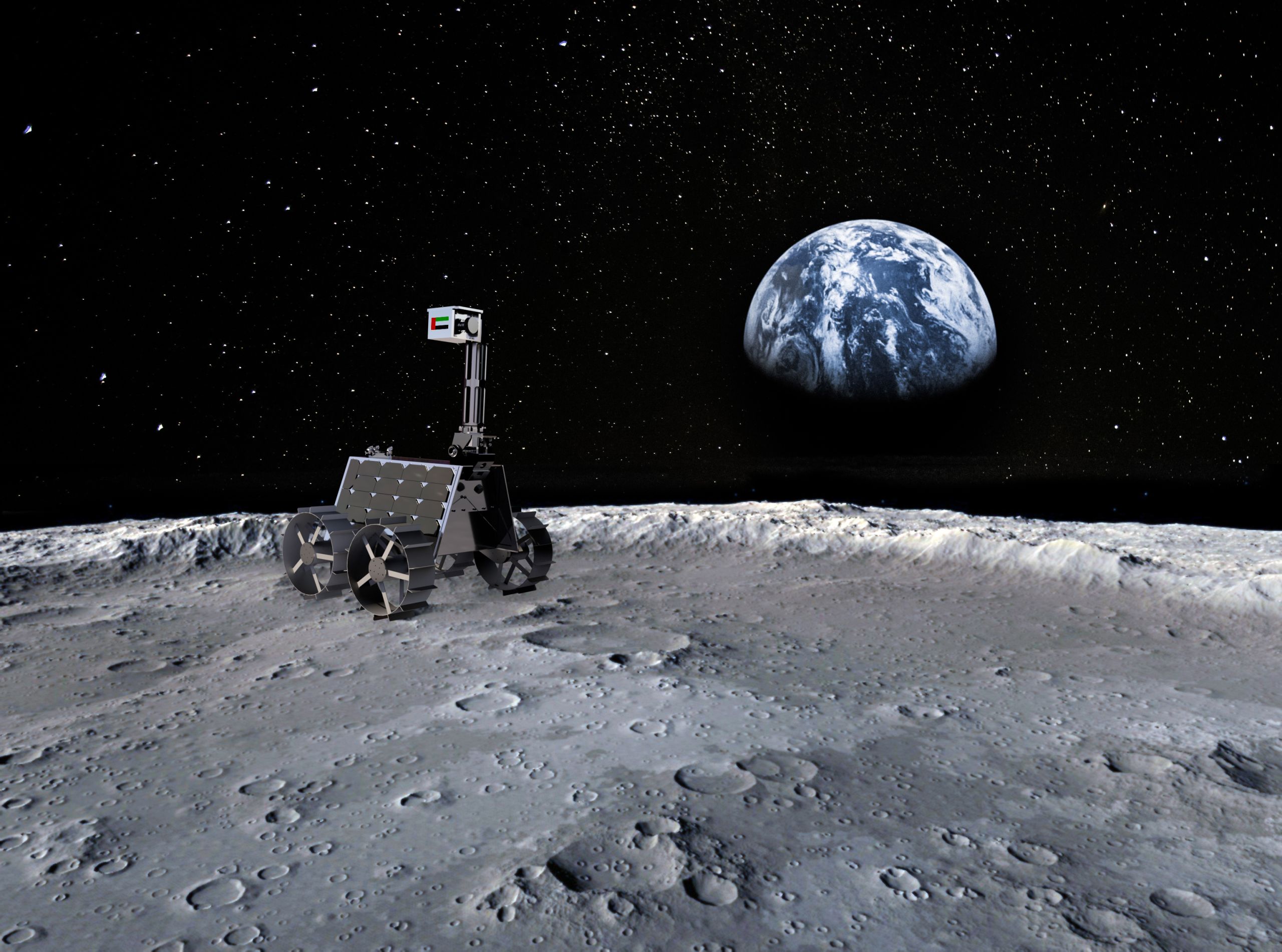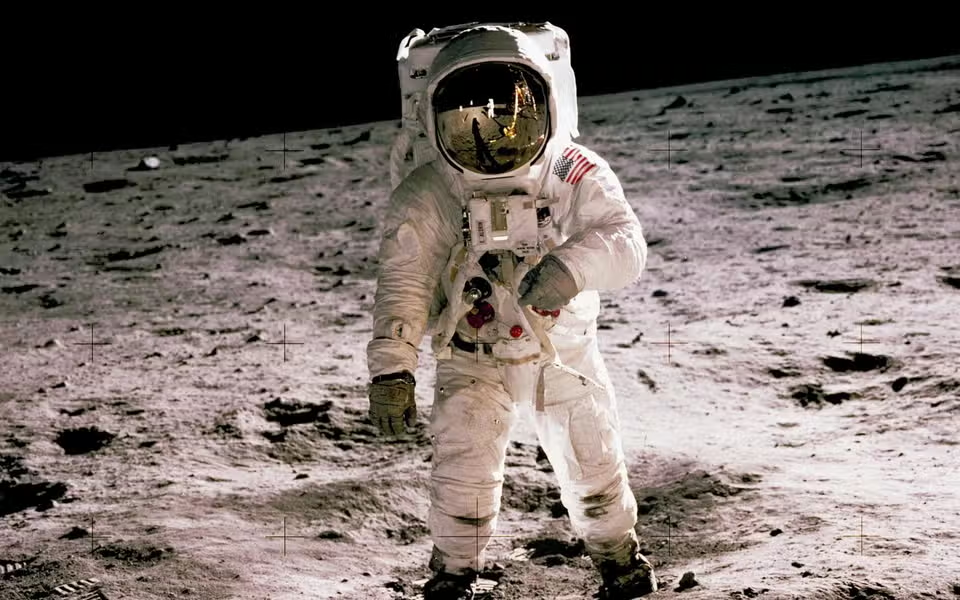Table of Content
Nikon Collaborates with NASA to Develop the First Mirrorless Camera for Lunar Exploration
/>Discover the groundbreaking collaboration between Nikon and NASA to develop the first mirrorless camera for lunar exploration. Explore the key features and modifications that make this camera a game-changer, and learn how it will revolutionize lunar photography and videography.Introduction
With plans to equip future astronauts on Artemis III, the upcoming mission to the Moon, this innovative camera aims to revolutionize lunar photography and videography. Let's delve into the details of this remarkable collaboration and the features that make this camera a game-changer.
Partnership for Lunar Camera Development
NASA and Nikon have joined forces through a Space Act agreement to create a custom handheld camera capable of withstanding the challenging lunar environment. Initial testing has been conducted using an off-the-shelf Nikon Z 9 mirrorless camera to gather essential data for developing a modified version specifically designed for lunar exploration.
Key Features and Modifications

Image from thenational.shorthandstories
The handheld universal lunar camera (HULC) will incorporate several crucial modifications to ensure its functionality on the Moon's surface. The camera will utilize Nikkor lenses known for their exceptional optical quality. To safeguard the camera from the elements, a NASA-made thermal blanket will provide protection, while a custom grip will allow astronauts to operate the camera while wearing spacesuits.
Moreover, the camera's internal electrical components will undergo modifications to minimize the impact of radiation, a significant concern in space environments. These enhancements will result in increased durability and reliability, allowing astronauts to capture high-quality images and videos during their lunar missions.
Enhanced Capabilities for Lunar Photography
Compared to the cameras used during the Apollo program, the new Nikon mirrorless camera offers a significant advancement in capabilities. The inclusion of a viewfinder ensures precise framing and composition, while the ability to capture both still photos and videos adds versatility to the astronaut's documentation efforts. The handheld universal lunar camera aims to provide astronauts with greater flexibility and ease of use, eliminating the need for separate units for video and photography. This streamlined approach will enhance efficiency and enable astronauts to focus more on their scientific objectives.
Testing and Future Endeavors

Image from Evening Standard
To ensure its suitability for lunar exploration, the camera is undergoing rigorous testing. Thermal, radiation, and vacuum tests are being conducted to simulate the harsh conditions of space. Additionally, suited astronauts have performed simulated spacewalks and geology training while using the camera in Arizona and Spain, respectively.
Artemis III, scheduled for September 2026, will mark the first time in over 50 years that Americans will set foot on the Moon. The handheld universal lunar camera will play a vital role in capturing the historic moments and documenting the scientific discoveries made during the mission.
Furthermore, NASA plans to demonstrate the camera's capabilities on the International Space Station before its deployment to the Moon. This pre-mission demonstration will provide valuable insights and further validate the camera's performance in space-like conditions.
Conclusion
The collaboration between Nikon and NASA to develop the first mirrorless camera for lunar exploration is an exciting milestone in space photography and videography. The handheld universal lunar camera will empower astronauts with enhanced capabilities, durability, and ease of use. With its advanced features and modifications, this camera promises to revolutionize the way we document lunar missions and capture breathtaking images and videos from the Moon's surface.



